Spotting During Ovulation: What Should You Know?
Spotting is a common occurrence, and it is usually nothing to panic about. Knowing the nature of your spotting and what it means can help you determine if there is cause for concern.
On Apr 3, 2023 – 9 minutes read
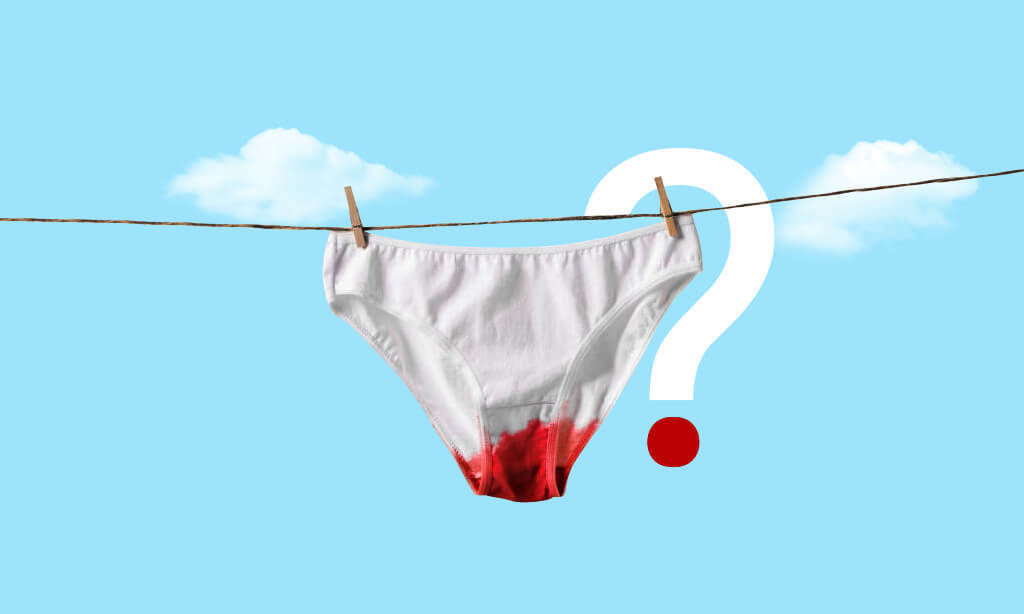
Your period is not coming in full force for two weeks. But you are spotting out of the blue anyway. Are you scared or irritated by the mid-cycle spotting? Why do you experience spotting when your period is not due for a while? The out-of-nowhere spotting you may worry over can happen for lots of reasons. One of them is spotting during ovulation (ovulation bleeding) and it is not uncommon in women.
Spotting During Ovulation: A Good Sign?
As a matter of fact, studies have shown that about 5 percent of women have experienced brown spotting during ovulation. But that is not to say that everyone has to spot either. Some women experience it during every cycle while others only a few times. And some never do. Now, what exactly is ovulation spotting?
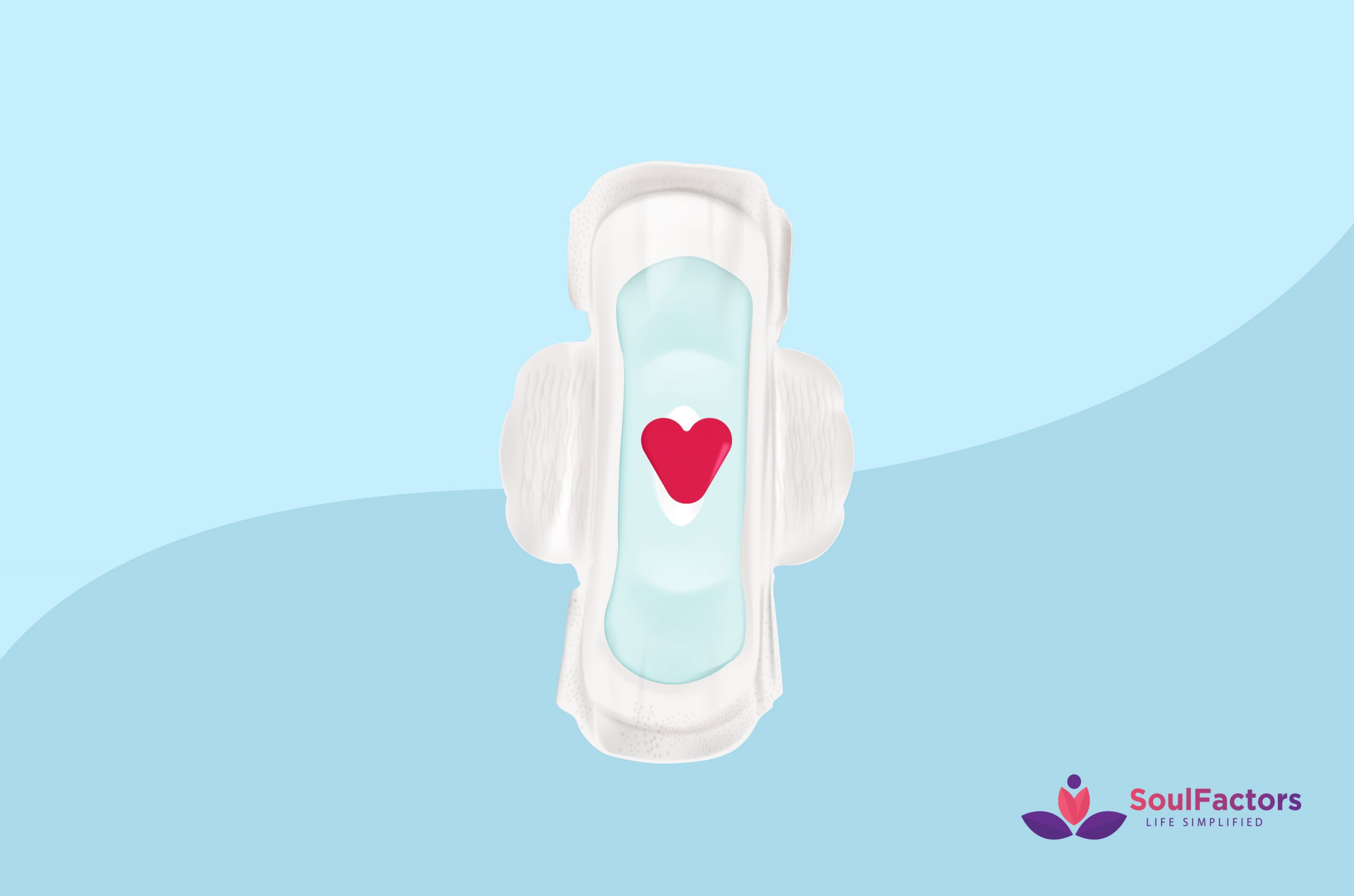
The Ws And Hs Of Ovulation Spotting
The light vaginal bleeding or spotting when a mature egg is released from your ovary is ovulation bleeding or ovulation spotting. It is also referred to as mid-cycle spotting and intermenstrual bleeding. But since the bleeding is super light, ovulation bleeding falls more into the spotting category.
When exactly does ovulation spotting occur? It can occur before, during, or immediately after ovulation (or one week after the last day of your period), which roughly translates to in the middle of your menstrual cycle.
How Does Ovulation Spotting Occur?
Spotting during ovulation is caused by what doctors call estrogen breakthrough bleeding. Your hormones change with ovulation. Thereby, your body produces more cervical fluid about one or two days before your ovulation. And it becomes clearer, stretchier, and slippery, almost like egg white.
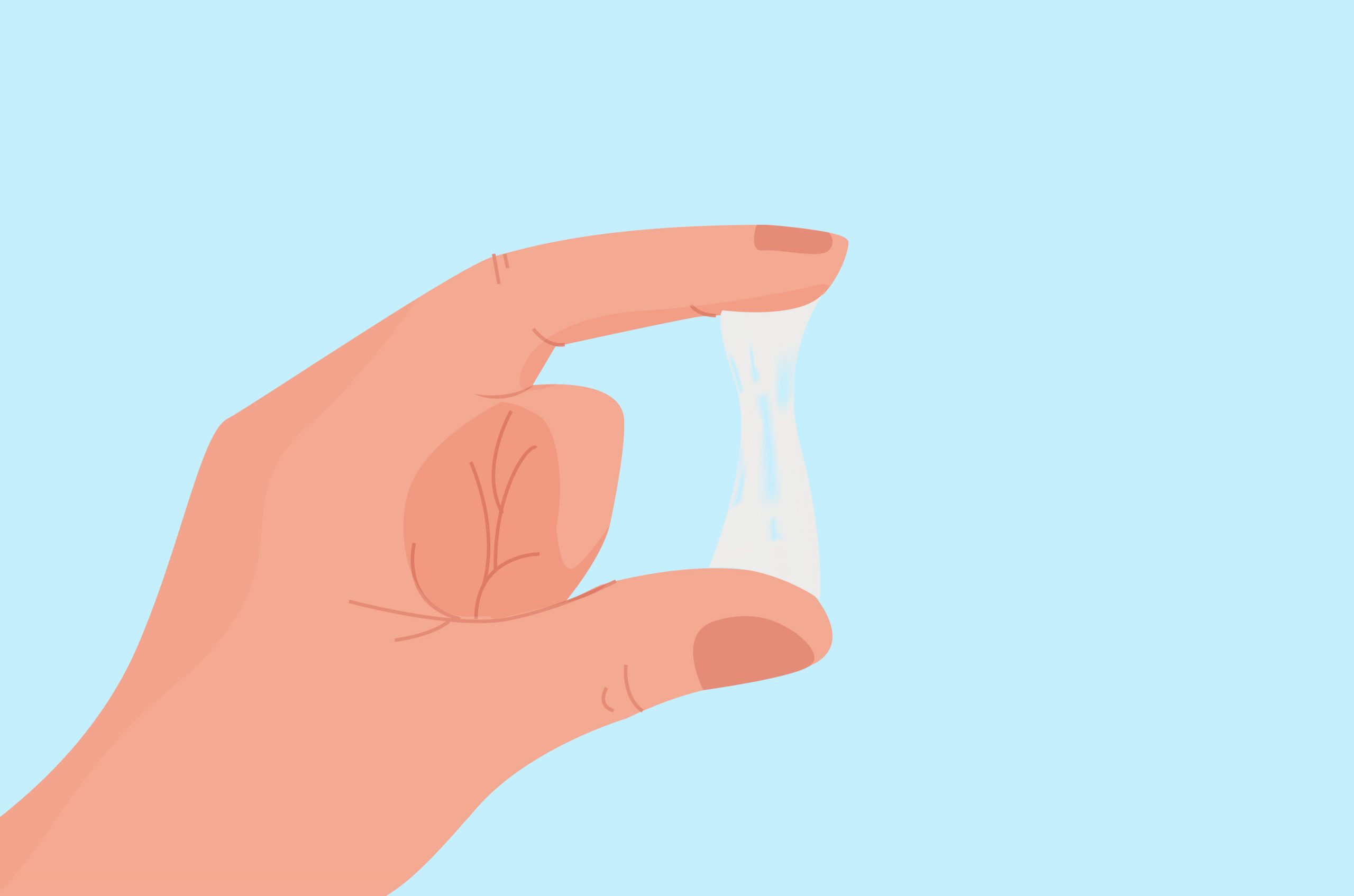
The hormonal responses in the body trigger ovulation and one such critical hormone is estrogen. It is low at the beginning of the cycle but rises around the first part of the cycle. Since estrogen steadily rises when ovulation approaches, a surge in Luteinizing Hormone (LH)(1) triggers the egg to be released from the follicle after 26 to 40 hours of the highest peak. But after the release of an egg, the estrogen levels dip and progesterone levels begin to rise.
This change in the balance between estrogen and progesterone levels, specifically the drop of estrogen levels right before ovulation destabilizes the endometrium. Meaning, the inner lining of the uterus sheds. As a result, light bleeding occurs which is pink spotting during ovulation, referred to as ovulation spotting. When your entire endometrium sheds, you have a menstrual period.
What Are The Symptoms Of Ovulation Spotting?
Normally, it doesn’t come with any severe symptoms. Most women don’t feel anything painful. But, some women may feel mittelschmerz (ovulation pain — a sharp and sudden pain as the egg is released or thick and dull abdominal cramping on either side of the lower abdomen(2)), higher levels of LH, increased discharge of cervical mucus, change in firmness or position of the cervix, breast tenderness, or bloating that can last a few hours or even days. All of these can be likened to a mild version of period symptoms.
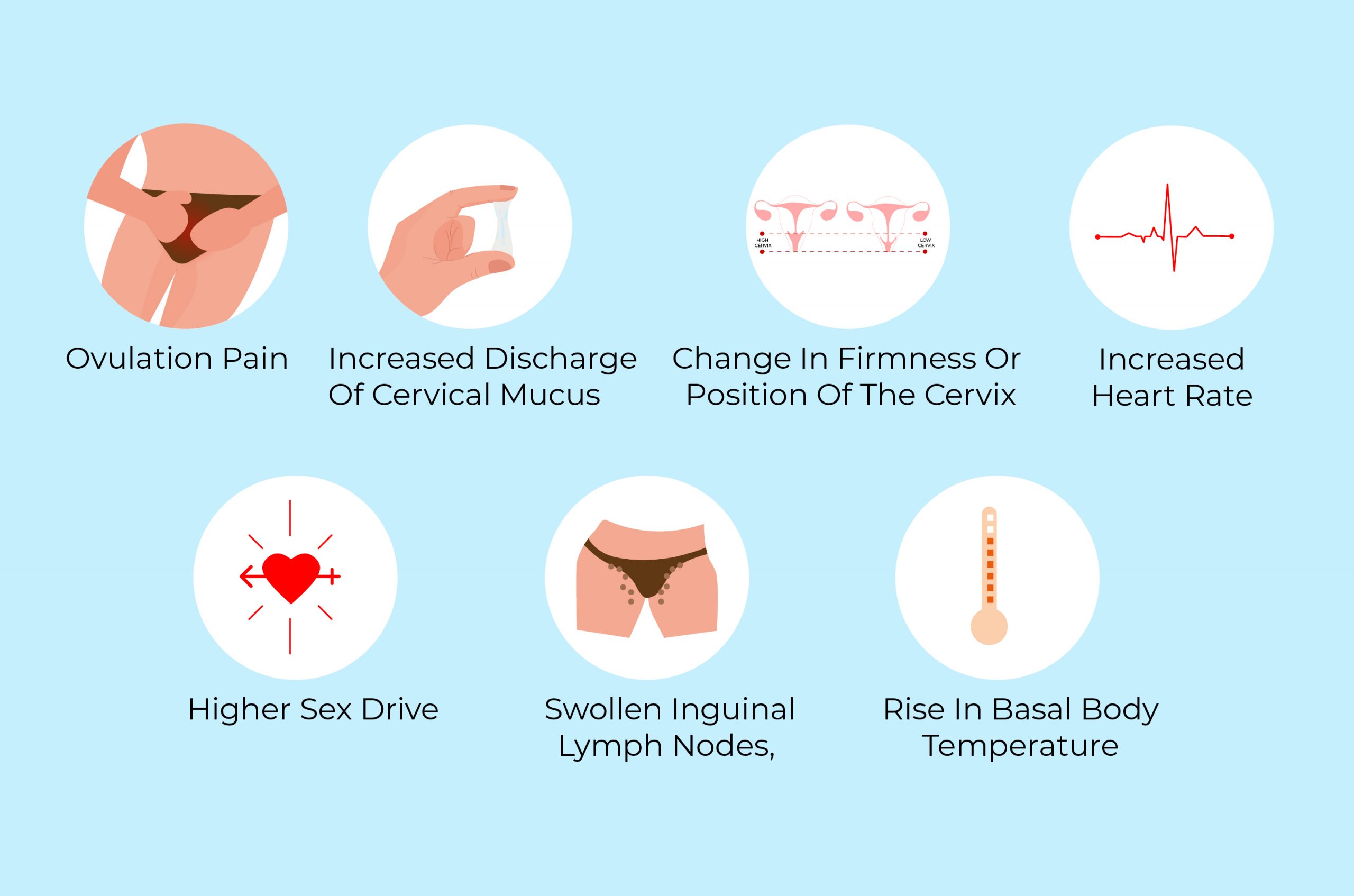
Then, there are a few less common symptoms such as increased heart rate before or after ovulation, higher sex drive, swollen inguinal lymph nodes, or a rise in basal body temperature after ovulation. You might feel the pain on the other side of the abdomen the next month because most women’s ovaries take turns ovulating.
But if you experience heavy cramping or it lasts longer than a few days, you must consult with your doctor. Some underlying causes could be there besides the spotting during ovulation. Better safe than sorry, right?
What Does Ovulation Spotting Look Like?
Typically, ovulation spotting is much, much lighter than your regular period. This vaginal bleeding that occurs outside your regular menstrual bleeding(3) cannot even be categorized as ovulation bleeding as the flow is too light to the point where you only require a piece of tissue to clean it.
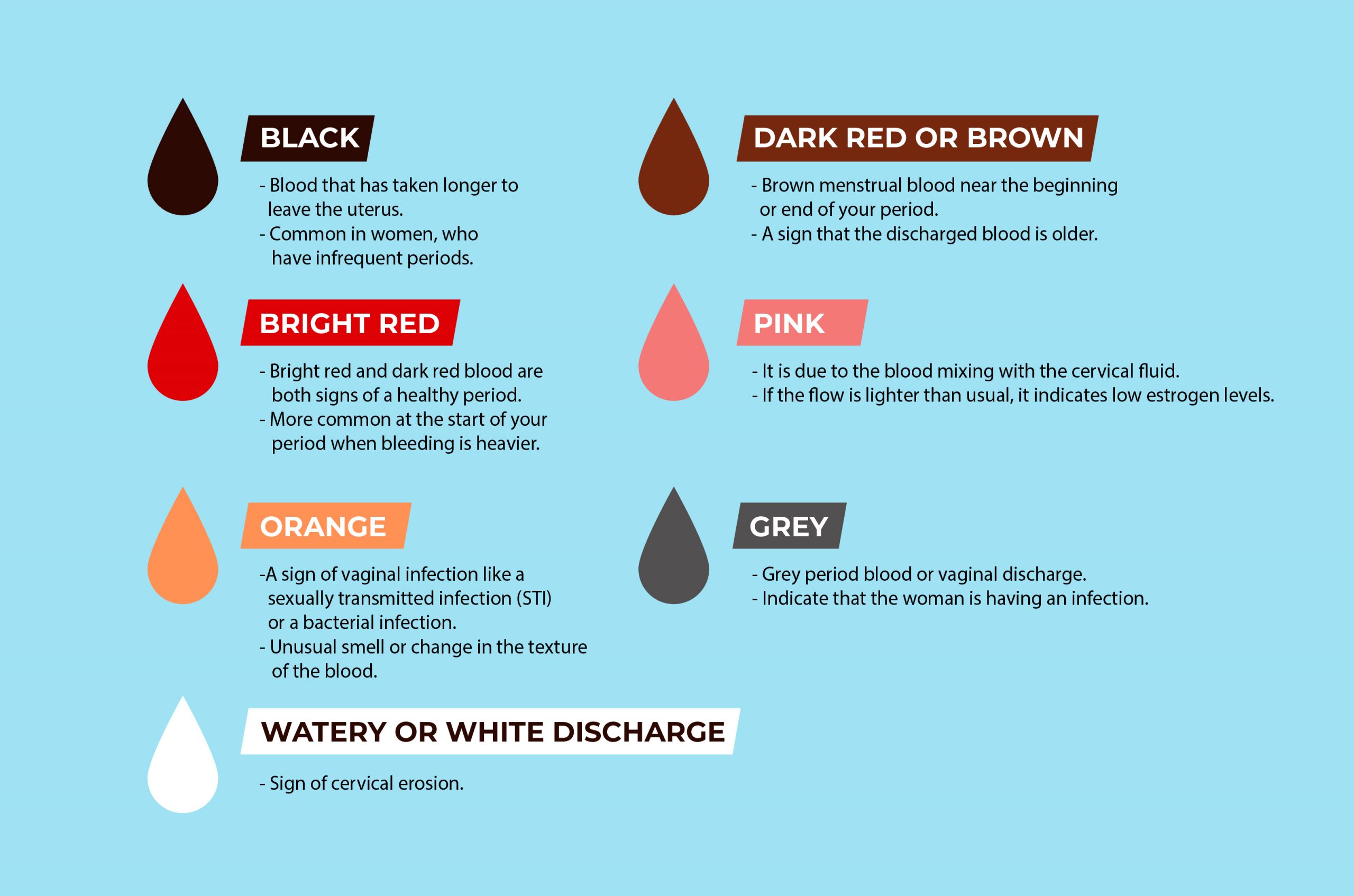
Coming to the matter of color, you are at an advantage. Because the color of the blood can point towards the cause of the spotting. The color of the blood can change depending on the speed of the blood flow. It can range from light pink to bright red to dark brown. Since cervical fluid increases during ovulation, the blood may be mixed with cervical mucus. Then, the blood will usually be pale pink.
How Long Does Ovulation Spotting Last?
Ovulation doesn’t last for long. Likewise, spotting during ovulation doesn’t last for long. It typically lasts 12 to 72 hours at most, meaning a day or two, unlike your regular period where your flow lasts for almost a week.
When Does Ovulation Spotting Occur?
This is another frequently asked question. It occurs anywhere between days 11 and 21 of your menstrual cycle (14 or 15 days before the next period). It depends on the length of your menstrual cycle, so it may occur sooner in some women and later in others. But it is also important to understand that ovulation doesn’t necessarily need to happen on the same day every month. No, for some women it varies and may happen on a different day each month. Spotting could happen at three different times:
Spotting Before Ovulation:
This could be a sign of reproductive issues. Additionally, irregular spotting one to two weeks apart suggests that ovulation is not happening at all. When you have underlying health causes like hyperprolactinemia, polycystic ovary syndrome (PCOS), or thyroid issues, this could affect your fertility. Hence, it proves that ovulation is not happening.
Spotting During Ovulation:
It is a good sign of fertility. The drop in estrogen level conveys that your body is about to release an egg and you experience light bleeding. It may occur every cycle, a few times, or not at all. Either case is normal. Some people wait for the spotting to have intercourse to increase their chances of conceiving.

Spotting After Ovulation:
Many confuse spotting after ovulation both ovulation spotting(4) and menstrual period. But it most probably could be implantation spotting. This earliest sign of pregnancy happens a few days after ovulation and before the next menstrual bleeding. So, naturally, you may confuse it with a period.
Women who do not ovulate regularly can have unusual bleeding patterns. They might bleed lightly for many days or only get a period every few months. Many medical conditions can cause irregular cycles, such as endometriosis and polycystic ovary syndrome (PCOS). But you must always consult your doctor if the bleeding outside the menstrual period lasts for more than two days.
Is Ovulation Spotting Normal And Healthy?
Well, it depends since it can vary from woman to woman. Even if it is common among some healthy, menstruating women, not every menstruating woman experiences it. So spotting during ovulation is normal for women who usually experience it.
On the matter of whether it is healthy or not, research has found higher levels of estrogen, luteal progesterone, and luteinizing hormone around ovulation for women who experience ovulation spotting. So, it is a sign that your hormones are working perfectly well.
Ovulation Spotting And Pregnancy
Many women are quick to come to the conclusion that mid-cycle spotting is a sign of pregnancy. This is a partially wrong assumption. Spotting during ovulation is a good sign of fertility and a sign that says your menstrual cycle is working as it should but it doesn’t always mean you are ready to have a baby bump.
But if you are trying to conceive while tracking your fertile window, ovulation spotting could be a good sign. Because it means you are ovulating and you can conceive around this time of your cycle! So, tracking your ovulation can definitely improve your chances of conceiving. Although, some women track ovulation to prevent pregnancy as well.
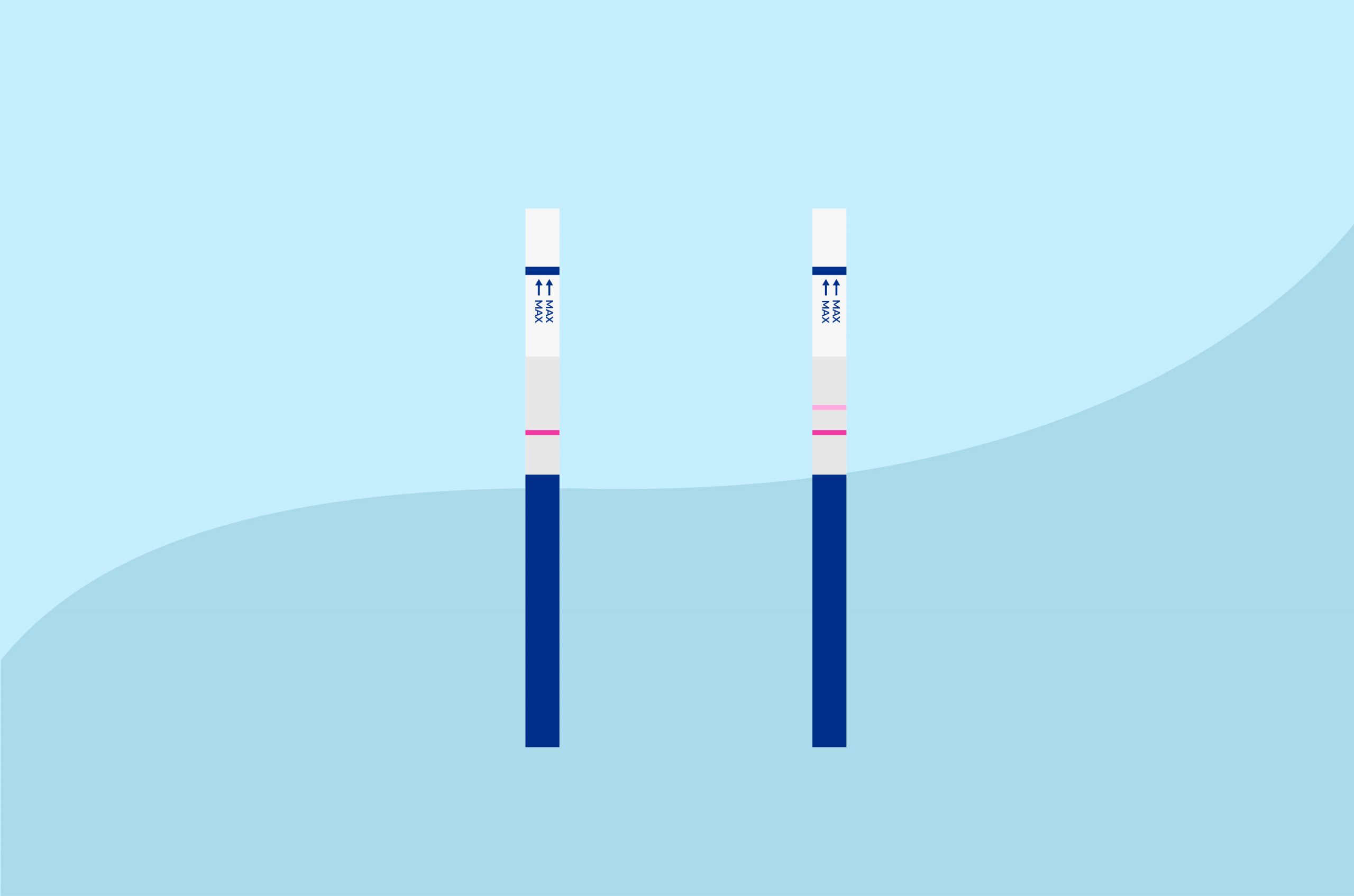
Since you have a fertile window of about 5 days each month and you have unprotected sex three to five days before ovulation or right after spotting during ovulation, you could become pregnant. Because the spotting is telling you that the egg has been released and you have a clear window of opportunity.
But if you have sex after a few days of spotting, it is unlikely to conceive unless you have a short cycle. What about spotting three or more days after ovulation? That may be a sign of pregnancy because, in this case, you might be misdiagnosing implantation bleeding for ovulation bleeding.
Isn’t Ovulation Spotting And Implantation Bleeding The Same?
A brief answer is, absolutely not. But people fail to differentiate the two. There are a few ways to help you distinguish these two. Ovulation is the release of a mature egg from your ovary which occurs earlier in your cycle. But implantation is when the fertilized egg implants in the inner lining of your uterus which occurs about 8 to 10 days after ovulation. It happens around the time you expect your cycle to start. Implantation bleeding is the first indicator of pregnancy(5)(one-third of pregnant women experience it) whereas spotting during ovulation is a sign of fertility and not pregnancy.
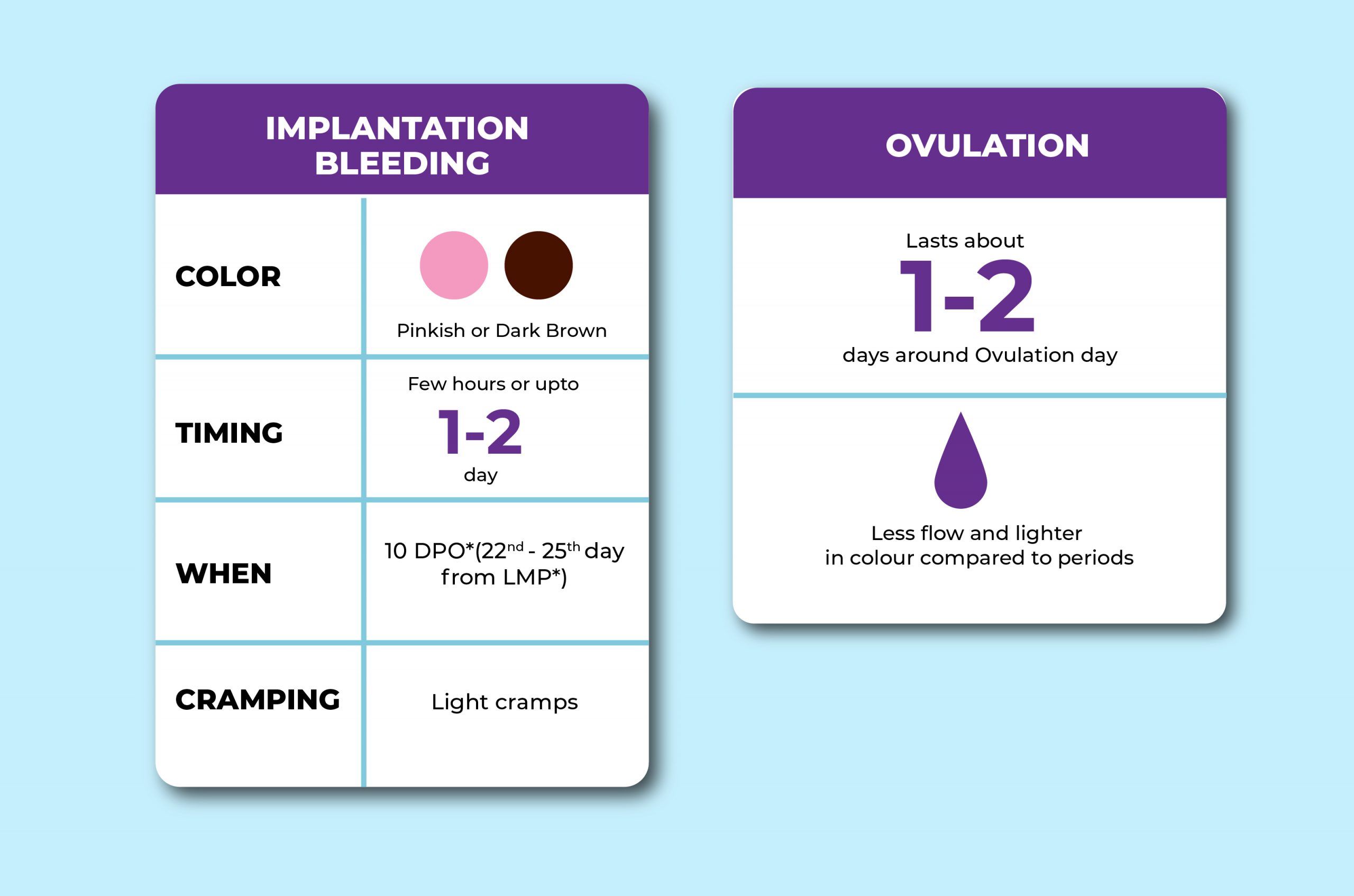
Implantation bleeding is normal, and it does not affect the health of the unborn baby. There is nothing to worry about since 25% of pregnant women experience it. The major clue in differentiating the two is the timing. Spotting during ovulation happens 15 days before a period whereas implantation bleeding happens 1 to 2 days before the period’s due date. Another way to figure out the difference is by tracking your cycle and there are a lot of ways to do that.
But if you cannot tell the difference for sure and want to be clear, you can always use a home pregnancy test to be 100% sure. If a positive result stares back at you, it’s from implantation and a negative result conveys it could be from ovulation. Keep in mind that a positive result requires a trip to the gynecologist. Also, implantation bleeding comes with a few symptoms like headaches, fatigue, nausea, light cramping, lower back pain, mood swings, and breast tenderness.
Ovulation Spotting Vs Implantation Bleeding Vs Regular Period
The few not-so-subtle key differences everyone can point out are the flow, color, and duration (how long the spotting lasts) of the spotting. Ovulation spotting, as the name suggests, as well as implantation bleeding, is barely bleeding. The flow is too light to consider as bleeding. But menstrual bleeding comes in full force as if a blood bank has opened, right? The heavy flow requires a tampon, pad, or menstrual cup. But if you are soaking a tampon or pad every hour, you need to go to the ER immediately.
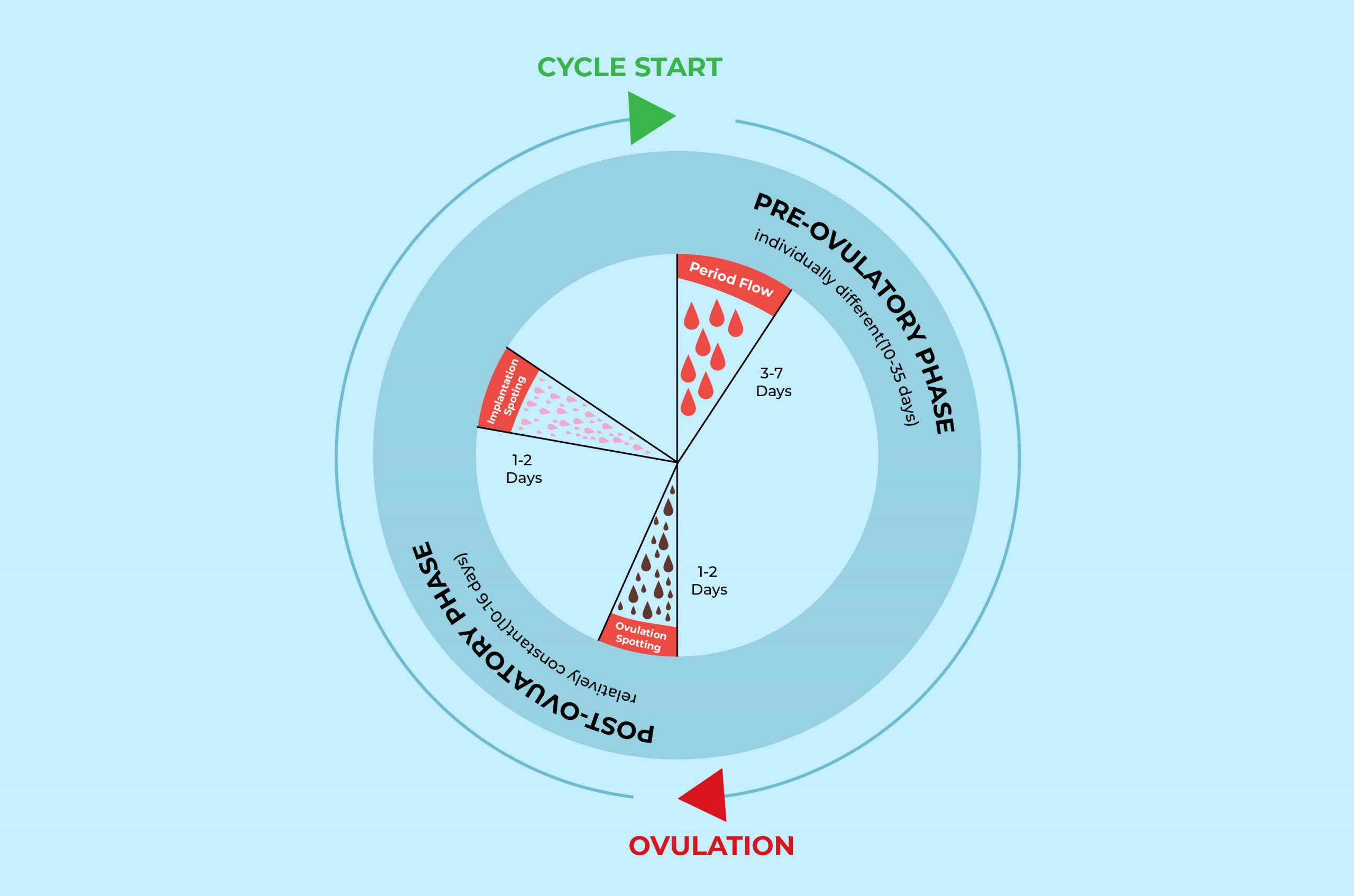
On the matter of the other two differences, it is pretty simple. The color of spotting during ovulation is more likely to be pale pink whereas implantation bleeding varies from a light pink to even dark brown. But both the spottings last only for a day or two. On the other hand, menstrual bleeding is usually bright to dark red and can last even for a week.
Keep In Mind
Ovulation, implantation, and menstruation are not the only causes of spotting. There are other causes too, which require medical attention of course. Ovarian cysts, hormonal contraception, infection, uterine growths (fibroids, polyps), sexually transmitted disease, abdominal bleeding, blood-thinning medications, bleeding disorders, perimenopause, ectopic pregnancy, and in rare cases, cancerous changes can cause bleeding outside of your menstrual period.
Though light spotting during ovulation is harmless, there are a few situations when you need medical attention. If you experience any changes in the usual bleeding pattern or excessive bleeding than usual, or you have additional symptoms like fever, dizziness, chest pain, or pelvic pain during sex, do not hesitate to consult with your doctor. Let’s keep your body healthy, aye?

Subscribe to Newsletter
Elevate your routine, stay on trend, and embrace a personalized beauty journey with our curated insights.
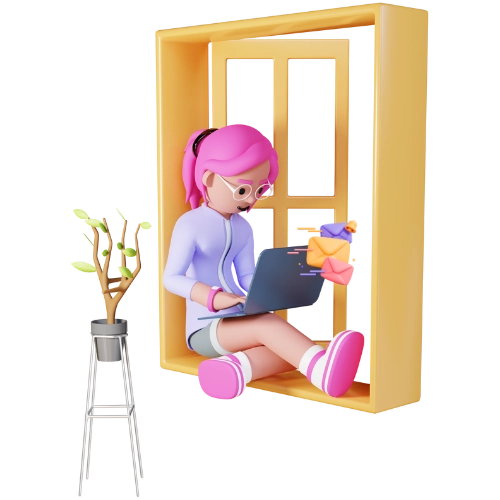

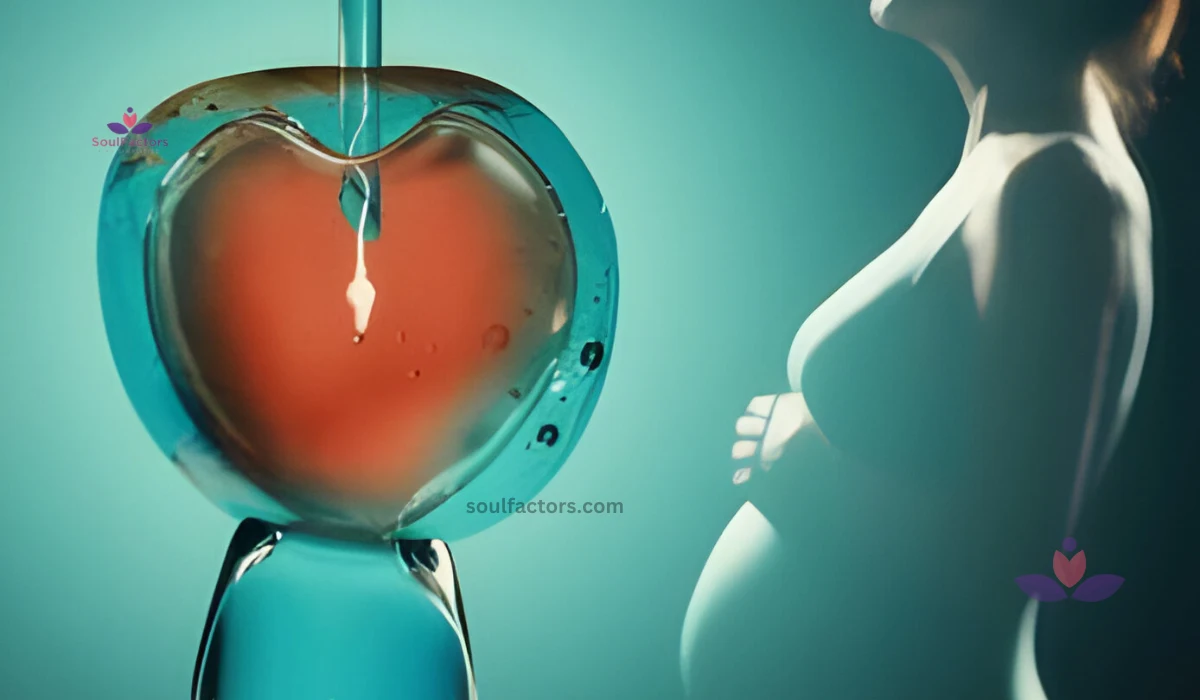
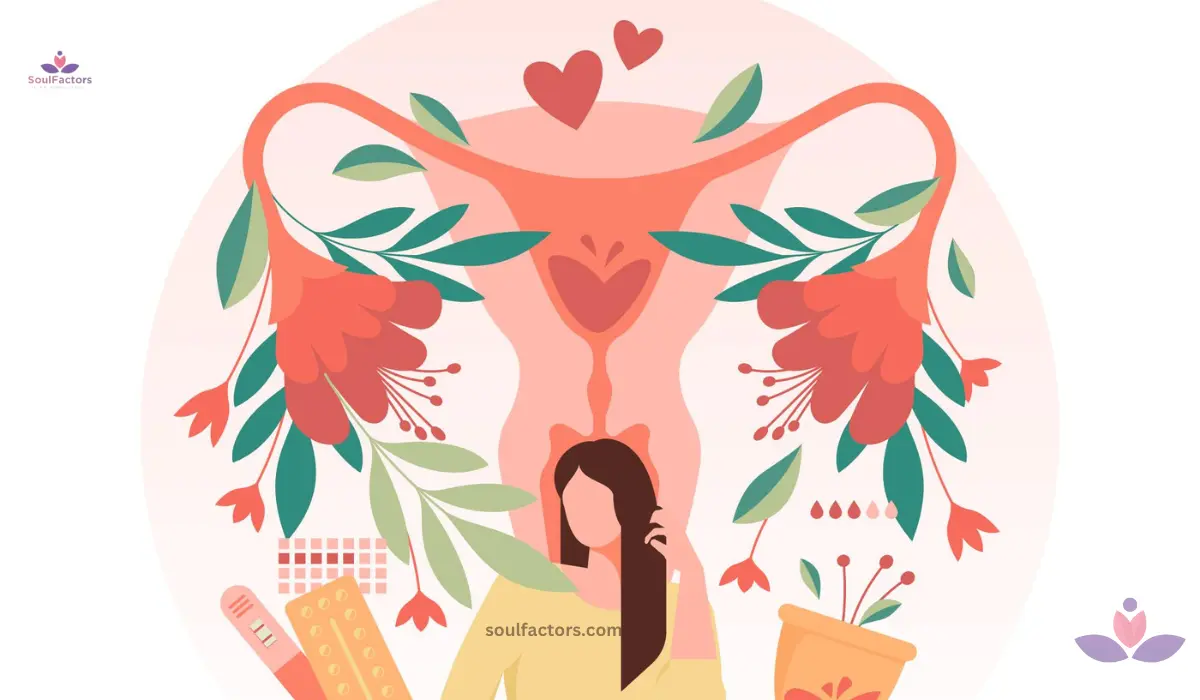
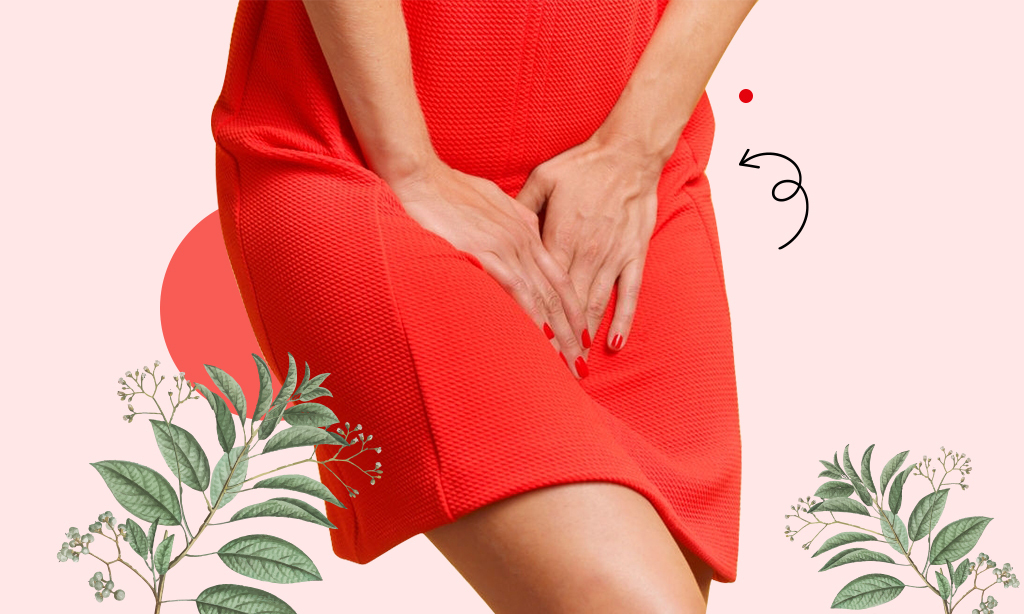
Write a Comment